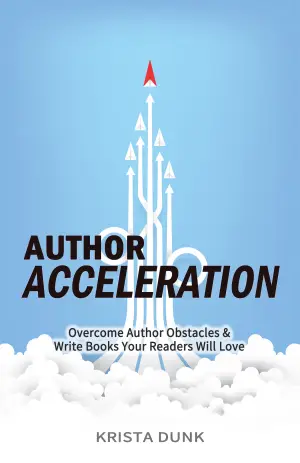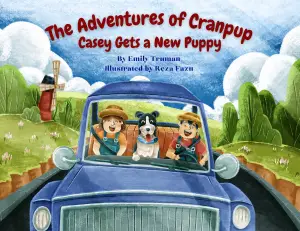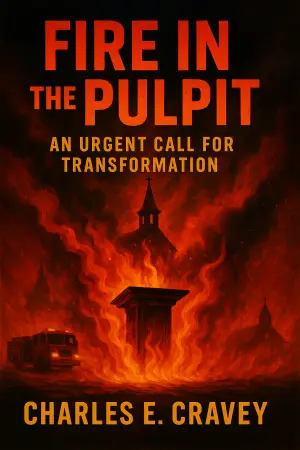Review of Beyond Ivy Walls by Kate Fordham
There’s something inherently captivating about a retelling, particularly when it claims inspiration from beloved fairy tales like "Beauty and the Beast." When I stumbled upon Beyond Ivy Walls by Kate Fordham, my anticipation quickly turned to curiosity. Could this novel breathe new life into a classic story that has enchanted generations? With a dreamy setting of 1903 and whispers of Gothic romance, I found myself drawn in. However, as I turned the pages, my expectations increasingly met a harsh reality.
At its core, Beyond Ivy Walls revolves around Sadie, a resourceful young woman striving to save her family’s livelihood, and Otis, a mysterious millionaire burdened by personal scars—both literally and metaphorically. As a quasi-Christian retelling, I expected an intersection of faith and romance, yet found it disappointingly lacking. The hints of spirituality in Otis’s character felt slim, almost dismissive, as the narrative glossed over deeper explorations of self and belief.
In terms of historical context, Fordham’s portrayal of class interactions struck me as anachronistic. Set against the backdrop of the early 1900s, the relationship dynamic between Sadie and Otis felt far too casual, devoid of the class consciousness that characterized the era. It raised questions: How could Sadie, upon learning Otis’s true identity, still continue their exchanges as if they were equals? It felt like a missed opportunity to delve deeper into the intricacies of social hierarchies that once dictated lives.
Musings of "Beauty and the Beast" were disappointingly shallow. While Otis bore the hallmark traits of the Beast—a hidden trauma and scars—the overarching essence of the tale fell flat. Instead of a transformative relationship rooted in mutual growth, the focus became an all-too-familiar trope of a woman curing a man’s psychological wounds. This notion irked me; it perpetuates a troubling narrative that often sidelines the gravity of trauma in favor of convenience.
As I waded through these frustrations, I occasionally caught glimpses of redeeming features. The writing, while straightforward, carried a gentle warmth in parts, inviting readers to invest in the characters’ journeys. Yet, pivotal moments felt rushed, while scattered references to "Jane Eyre" seemed more ham-fisted than heartfelt, lacking the subtlety that would make them resonate.
In the end, Fordham’s Beyond Ivy Walls left me with more questions than answers. Who is this story truly for? Perhaps gentle readers seeking a taste of Gothic romance or a nudge toward re-exploring classic tales will find it an entertaining enough diversion. However, for those of us deeply entrenched in the original magic of Beauty and the Beast, this retelling may feel like an uninspired shadow of the radiant tale it sought to echo.
As a reader, I walked away feeling slightly disappointed yet relieved—no lofty expectations meant no sheer breaks of heart. This book is a single, wilted rose in a sprawling garden of enchanting narratives, and while I wish I could linger over more complex offerings, I hope it finds its way to those who can appreciate the simplicity. 🌹
Discover more about Beyond Ivy Walls on GoodReads >>






